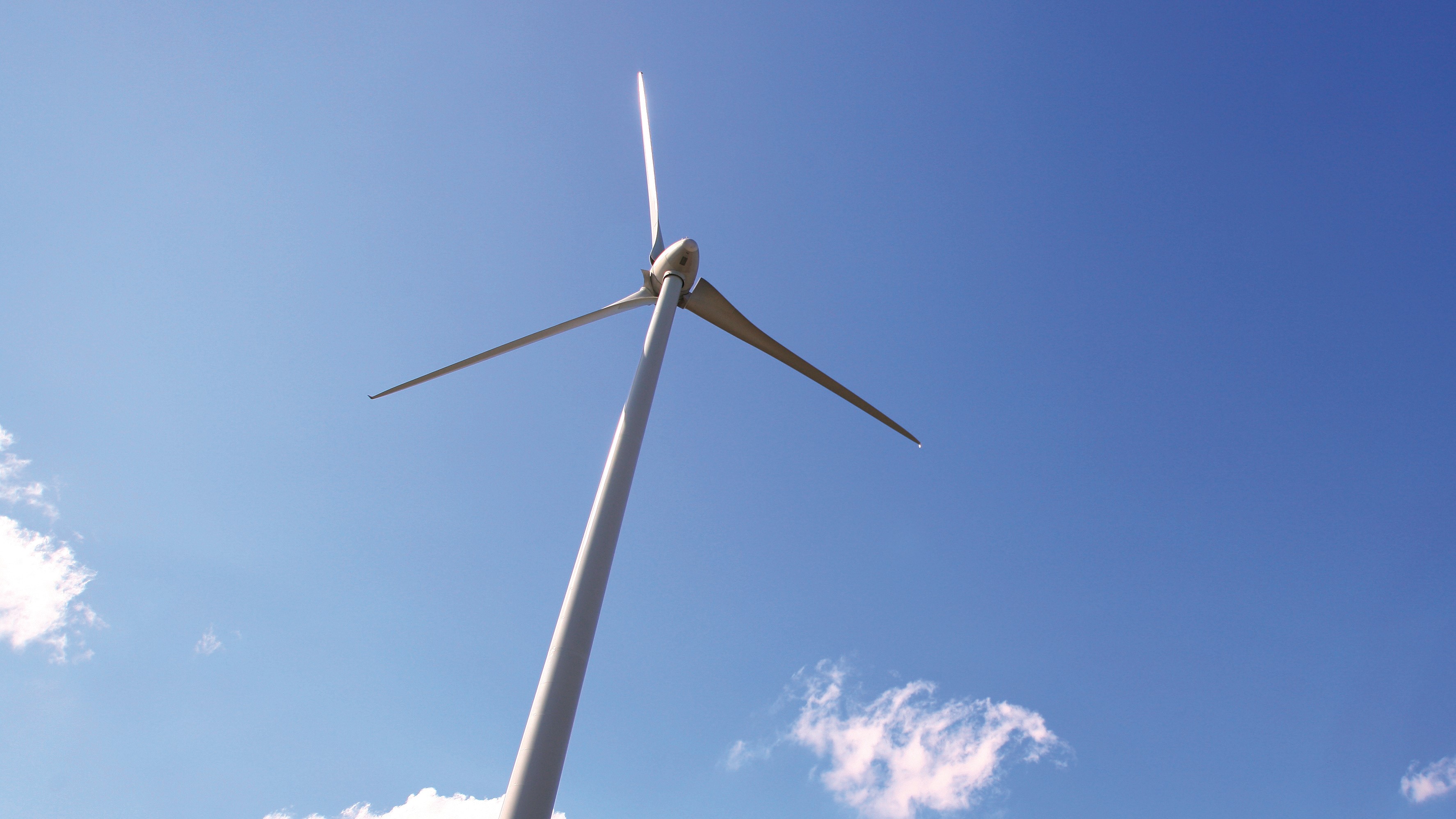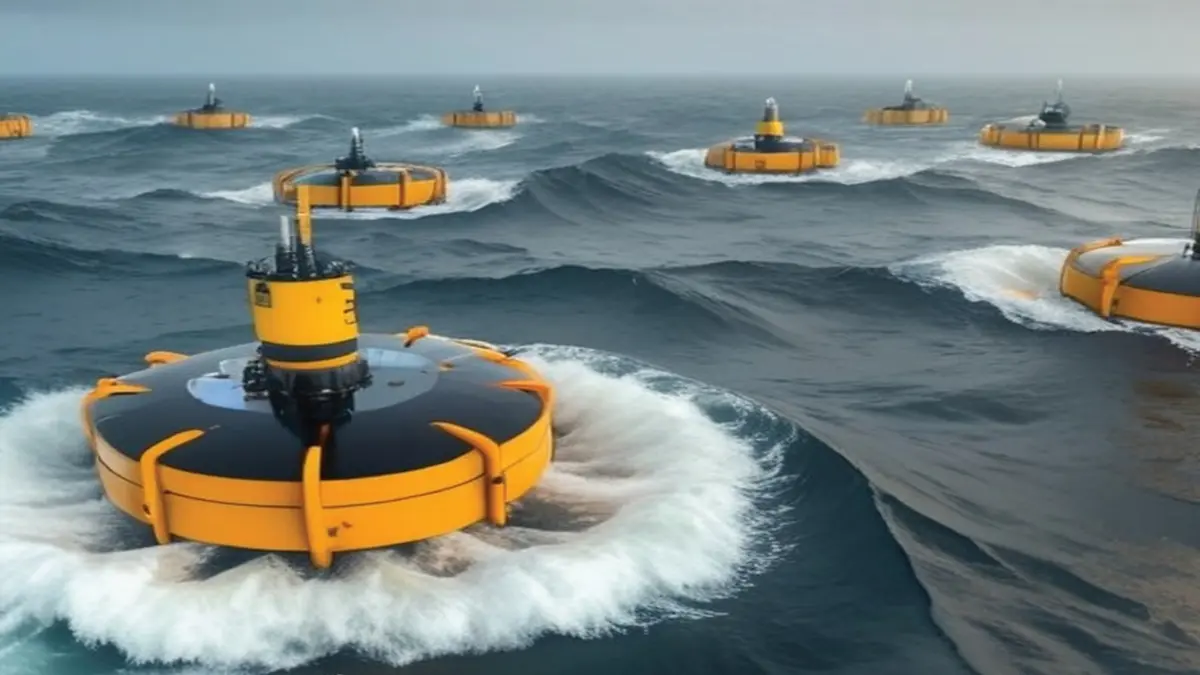A 436-foot-long (133-meter-long), 73.8-ton (67-tonne) wind turbine blade was successfully loaded onto a ship at Yangzhou Port in China, breaking the record for the longest blade handling operation in the Yangtze River basin.
According to a video shared by China Global Television Network (CGTN), port workers used a gantry crane cooperative operation system for the first time.
Integrating sensors and image recognition technologies allowed real-time monitoring of lifting equipment, blades, and cargo ships, ensuring smooth and efficient operations.
A major milestone for wind power logistics
This accomplishment highlights the growing importance of wind energy equipment logistics in China. Yangzhou Port has become a central hub in the middle and lower reaches of the Yangtze River for loading and unloading wind power components, streamlining the movement of massive turbine parts.
The 436-foot-long blade represents the industry’s push toward larger, more powerful wind turbines. Another significant development in China’s wind sector is the planned 25 MW offshore wind turbine led by China Eastern Electric Group.
With a hub height of 607 feet (185 meters), this enormous turbine is designed for deep-sea installations and aims to boost wind energy efficiency. However, such ambitious ventures do face setbacks; reports emerged last December that the MySE18.X-20MW prototype’s “typhoon-proof” blades broke off. Although the prototype survived a typhoon in September, mechanical and weather-related challenges remain concerning.
China’s offshore wind dominance
China now operates nearly half of the world’s offshore wind turbines, and according to Offshore WIND, China has a total of 41 gigawatts connected to its grid. Its broader renewable energy portfolio is also expanding rapidly.
In 2024 alone, China invested 13.6 trillion yuan (about 1.9 trillion US dollars) in renewables, pushing total installed capacity beyond 1,410 gigawatts, surpassing coal-fired power generation.
In photovoltaic technology, China controls 95% of the global production capacity of polycrystalline silicon and silicon wafers. These advantages extend to wind turbine manufacturing, where local companies produce higher-capacity turbines than many Western counterparts.
As China edges into the realm of turbines above 20 MW, the country is creating a national-level offshore testing base designed to accommodate and test record-breaking equipment. According to industry sources, this facility will initially deploy 20 turbines of various capacities, potentially including five 25 MW units and ten 20 MW turbines.
It is also the only testing center in China capable of providing both type certification and grid connection certifications, ensuring reliable and standardized performance data for advanced offshore turbines.
Divergent approaches in the United States
Across the Pacific, a stark contrast emerges in U.S. wind energy policy. The Trump administration’s executive order effectively froze approvals for new land and offshore wind projects, halting leases and sales.
Consequently, the U.S. wind industry risks losing its cost competitiveness, even though wind power can produce electricity at around 27 dollars per megawatt-hour, significantly cheaper than gas or coal.
While the Gulf of Mexico has been identified as a promising region for offshore wind, the first leasing auction in 2023 ended with meager sales, valued at only 5.6 million dollars. Industry observers say this highlights the difficulties of advancing wind projects amid regulatory uncertainties.








